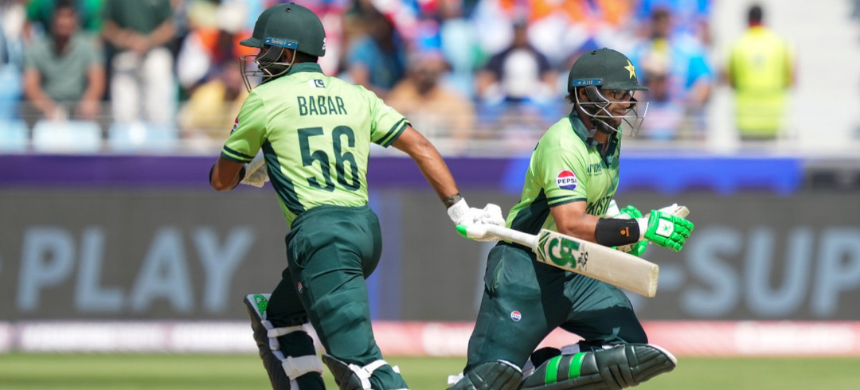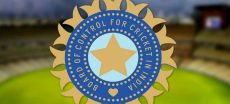The future of ODI cricket might be on the verge of a major evolution, as the ICC’s Cricket Committee is reportedly backing a bold proposal aimed at reviving the lost art of reverse swing — a skill that once defined some of the most thrilling passages in 50-over cricket.
What’s the Proposal?
Under the new recommendation:
- ODIs would still begin with two new balls, one from each end — but only for the first 25 overs.
- After the 25th over, teams would be required to choose one of the two balls to continue with for the remainder of the innings (overs 26–50).
This change, if approved, is being hailed as a game-changer, especially for fast bowlers who have long lamented the decline of reverse swing since the introduction of two new balls in 2011.
Read More: Pakistan Revise Squad for Zimbabwe ODI Series Finale
Why Does It Matter?
The two-ball system was meant to ensure consistent bounce and visibility, but it inadvertently erased the conditions needed for the ball to deteriorate and reverse swing. The result?:
- A decline in middle-overs wickets.
- Bowlers relying more on variations than natural movement.
- And batters enjoying free reign, often leading to record-breaking totals.
This proposed tweak could bring back the mid-to-late innings drama, particularly for teams like Pakistan, India, England, Australia, and South Africa, known for producing world-class reverse swing specialists.
Implications of the Rule
- For Bowlers: A return to skill-based bowling at the death. Reverse swing could re-emerge as a match-winning weapon.
- For Batters: Greater risk management will be required, especially in the final overs where reverse swing adds unpredictability.
- For Fans: A more balanced contest between bat and ball, potentially reducing the monotony of 350+ scorelines.
What’s Next?
The recommendation will now be presented to the ICC Chief Executives’ Committee for final approval. If greenlit:
- It’s likely to be trialed in an upcoming ODI series.
- A full implementation could follow in time for the next ICC Men’s Cricket World Cup cycle.
This proposed rule isn’t just about tweaking a format — it’s about bringing back a lost element of cricketing theatre. If reverse swing returns to ODIs, we might witness a revival of fast bowling artistry that has been missing for over a decade.











